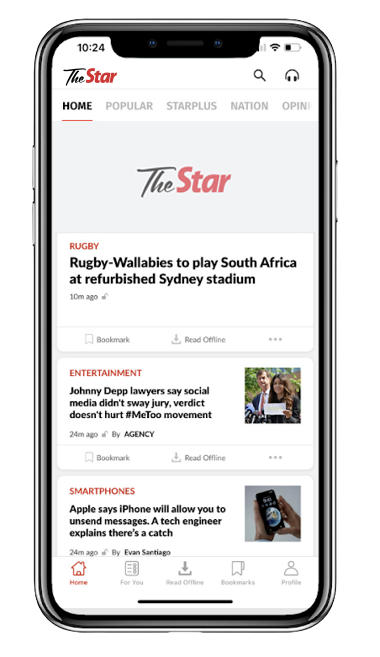PETALING JAYA: Prasarana Malaysia Bhd is studying the feasibility of using vans to bridge the last mile problem between the country’s various public transportation hubs.
Today, it will deploy three vans – two Toyota Hiace and one Hyundai Starex – to serve a new route called T252 that begins from Kuala Lumpur’s Sungai Bonus to the Wangsa Maju LRT station (see map).
Already a subscriber? Log in.
Subscribe now for a chance to win your dream holiday!

Cancel anytime. No ads. Auto-renewal. Unlimited access to the web and app. Personalised features. Members rewards.
Follow us on our official WhatsApp channel for breaking news alerts and key updates!


